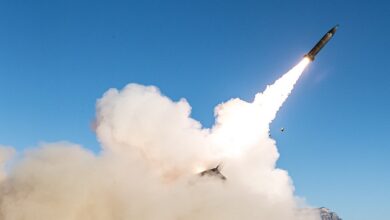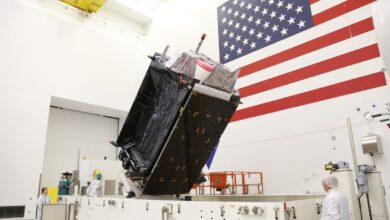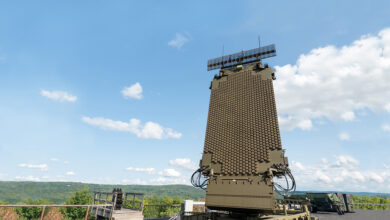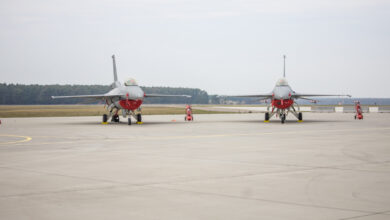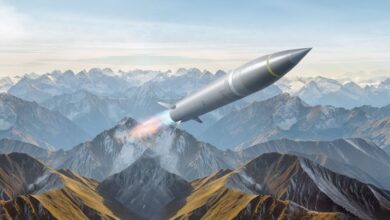Taiwan Deploys 42 Upgraded F-16s at Southwestern Airbase
The first tranche of 42 upgraded F-16 multirole fighter aircraft of the Republic of China Air Force (RoCAF) has entered service, Janes reported.
The upgraded aircraft were deployed at Chiayi Air Base in southwestern Taiwan at the end of March, the outlet added.
The entire air force fleet of 141 F-16A/B/C/D Fighting Falcons is slated to be upgraded to the standard of the latest F-16V by 2023.
Improved Features
The improved aircraft reportedly features better avionics, a helmet-mounted cueing system, active electronically scanned array radar, and an array of electronic warfare systems, which the previous version lacked.
The $3.7 billion upgrade, begun in 2016, is being carried out by Taiwan’s Aerospace Industrial Development Corporation in collaboration with manufacturer Lockheed Martin.
Taiwan purchased the aircraft from the US in 1992, with the first batch being delivered in April 1997, the Taiwan News wrote.
Reacting to the deployment, Air Force Chief of Staff, Huang Chih-wei, remarked in March that the aircraft “would enhance Taiwan’s defense capabilities with its ability to identify and target threats in the country’s airspace faster and from a longer range,” the Taipei-based news outlet reported.
$10.4 Million Contract for F-16 Missile Maintenance
Meanwhile, Taiwan’s Ministry of National Defense has signed a $10.4 million contract with the American Institute in Taiwan for follow-up support and maintenance of US-made missiles used on RoCAF’s fleet of F-16 aircraft, Janes said in another report.
According to the publication, the Taiwanese F-16s can be armed with “AGM-88 High-speed Anti-radiation Missiles, AGM-84L Harpoon Block II missiles, AGM-65 Maverick missiles, AIM-120 Advanced Medium-Range Air-to-Air Missiles (AMRAAMs), and AIM-9X Block II Sidewinder missiles.”
Taiwanese F-16s Test-Fire AMRAAMs
In a related development, Taiwanese media reported two upgraded RoCAF F-16s firing AMRAAMs during a test within Taiwan, a first for the country.
Previous attempts to conduct firing tests involving medium-range missiles were reportedly stalled by the US for fear of provoking China and to guard against disclosing features of the munition.



